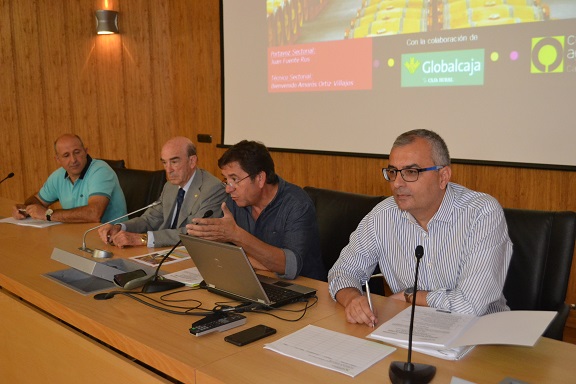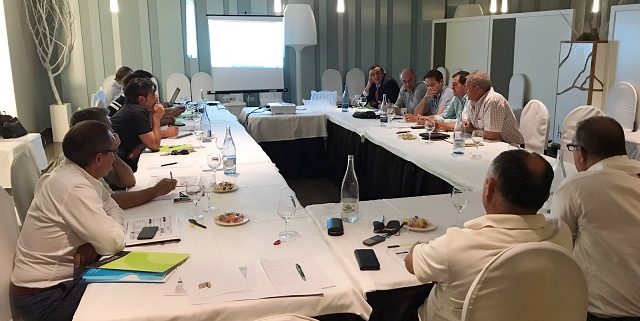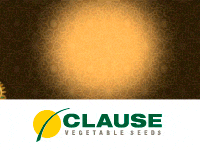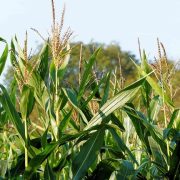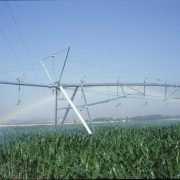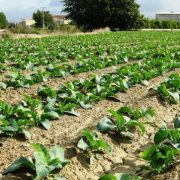La Mancha cooperatives predict that the harvest will be 22% lower than the last
Responsible for cooperative wineries in the main producing areas of Castilla-La Mancha have analyzed on 5th September in Alcázar de San Juan the evolution of the current harvest, currently in its equator, and estimated that it will pay out a total of 19 million of hectoliters, a production 22% lower than last season. They also took advantage of this meeting to exchange views on the first references of market prices.
As indicated by the sector spokesman of Agri-food Cooperatives Castilla-La Mancha, Juan Fuente Rus, “50% of the vintage and we can have some more or less definitive data and the forecast of harvest in Castilla-La Mancha are 19 million of hectoliters (wine and must), 22% less than the previous harvest. ”
The drought has been very severe with the rainfed vineyard, especially evident in the already harvested reds
By volumes, the forecasts point to a harvest in Castilla-La Mancha of 9 million hl. of white; 7.5 million hl. of red, 2 million hl. of white must and half a million hl. of red wine. Fuente Rus has qualified that “the airén lack for harvesting in a high percentage and likewise the bobal in Manchuela”.
We have to go back to the year 2012 to find a vintage of similar characteristics, “very low, compared to what we are accustomed in recent years, pushed by that climate change with high temperatures throughout the spring and summer, which makes our vintage ahead”, said Angel Villafranca, president of Agro-food Cooperatives Castilla-La Mancha.
First prices
From the market information provided by several cooperative wineries in the different producing areas, today the prices of the operations carried out could be as follows: must at 3.75 euros / hectare; white wine € 45 / hl and in red at € 55 / hl, all in the generic basic wine market.
The grape market, that is to say the operations of buying and selling grapes, only reaches 30% of all the production of Castilla-La Mancha, while the remaining 70% of the grape production is transformed into wine by the cooperatives
It is for this reason that the good or bad evolution of the prices of the wine has a greater incidence in the economy of the region than those of the grape.
Villafranca: “With all these data on the table the cooperatives are going to guarantee the supply to the market, being companies that seek to consolidate and give seriousness and safety in the world wine market”
National estimate
At the national level, cooperatives estimate a harvest of 35 million hl. of wine, that is to say, 20% less than in the last campaign
At European level everything indicates that the harvest will be around 140 million hl, that is to say between 20 or 25 million hl. less, or what is the same, a drop in production in Europe of between 17 and 20%, said Juan Fuente.
“Spain is leading the market,” Villafranca continues, “in terms of volume and I think it’s about not only talking about quantity but about the quality we are serving in international markets and raising that step among the top three producers in the world”. This is a vintage in which, coupled with the effort of the last years and to have a stable and competitive production, now is the time of profitability, with more adjusted productions. It is also important to know how to position ourselves commercially and not forget last work to increase the consumption of wine in Spain”.
Valuation at the international level
Internationally, according to the president of Agro-food cooperatives Castilla-La Mancha and Spain, Ángel Villafranca, the vintages are characterized by very tight production
“They started in the southern cone with a production of just over 50 million hectoliters, lower than previous years, and in the northern hemisphere the same thing will happen. In France and Italy, a significant reduction of 18% and 24% of the reduction compared to the previous season has been consolidated, leaving a harvest of 37.2 million hl. in France and 41.1 million hl. in Italy, “reported Villafranca. “This places us in a scenario in which the production of this 2017 campaign will be balanced with world consumption, with those almost 240 million hectoliters that are consumed annually”, he added.
“With regard to commercial and outbound or consumption expectations worldwide, we can say that in Europe, year after year, the consumption of wine is falling, but we have countries that join the Western European structure of Southeast Asia, led by China and Japan, and on the other hand US, who are increasing their demand. This makes us have a market that, despite the crises, makes us sustainable in the medium and long term right now”.
Source: CLM Agro-food Cooperatives
YOU MIGHT ALSO LIKE:
➡️The cooperatives expect a production of 21.5Mhl in La Mancha and good commercial prospects
